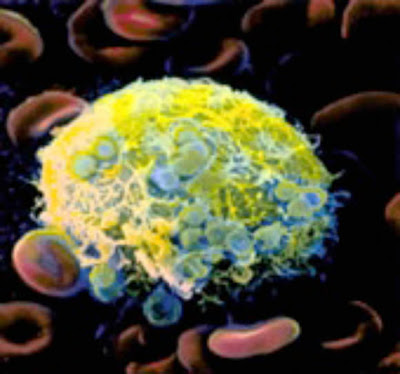
 In medicine, one can “never say never”, but science demonstrates that PRP does not cause tumors.
In medicine, one can “never say never”, but science demonstrates that PRP does not cause tumors.
The secreted growth factors immediately bind to the external surface of the cell membranes of cells in the graft, flap, or wound via transmembrane receptors. Studies have shown that adult mesenchymal stem cells, osteoblasts, fibroblasts, endothelial cells and epidermal cells express the cell membrane receptors to growth factors in PRP (Marx, RE 1998) These transmembrane receptors in turn induce and activation of an endogenous internal signal protein, which causes the expression (unlocks) of a normal gene sequence of the cell such as cellular proliferation, matrix formation, osteoid production, collagen synthesis, etc.
The importance of this is that the PRP growth factors never enter the cell or its nucleus, they are not mutagenic, and they act through the stimulation of normal healing, just much faster. Therefore, PRP has no ability to induce tumor formation and has never done so.” (Marx, RE, 2001), (Schmitz, et al, 2001).
The best way to evaluate a patient is to arrange a personal, in-depth consultation. However, this is impossible for many patients who fly in from other parts of the country or world. For this reason we have developed the remote consultation package, which is an acceptable alternative to the in-person personal consult.
Once your photos and questionnaire are reviewed, we will telephone you to discuss your questions or concerns regarding the procedure. You will also be given a suggested treatment plan and the costs involved. Click here for more complete information on our free on-line hair restoration consultation process.
